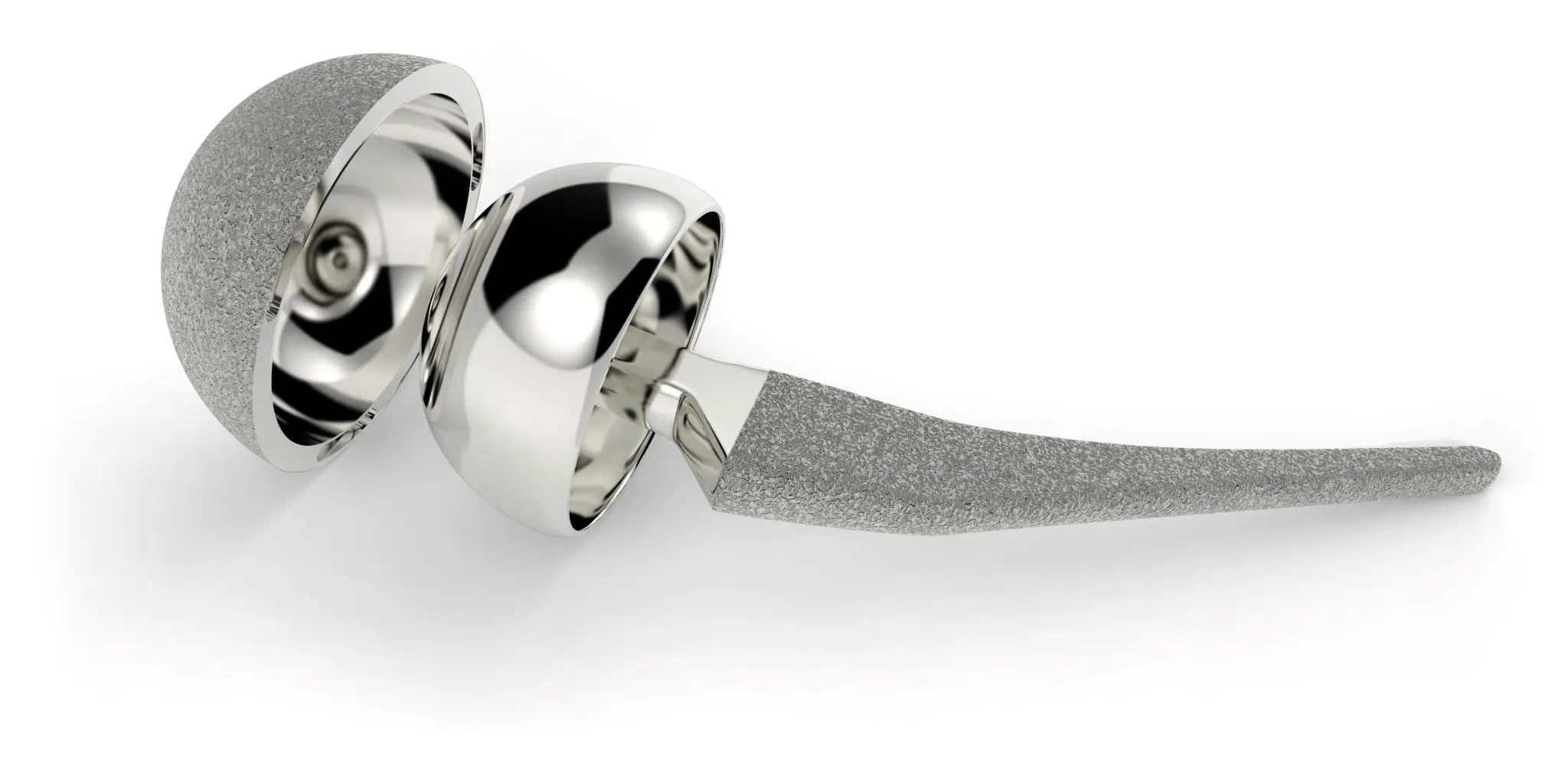Metal powders are a dry, bulk solid made of very fine particles, typically aluminum, steel, copper, titanium, and other metals. Many alloys are also available in this form. Compressing and sintering these powders results in near net shape parts with potentially complex geometries that are expensive to create with other fabrication methods.
The high-pressure cold spray (HPCS) process also uses powder metals (PM), either by themselves or combined with nonmetallic particulates. These powders (or powder mixtures) are accelerated to supersonic speeds and deposited on metal surfaces to create corrosion- and wear-resistant coatings. Electromagnetic interference (EMI) shielding, dimensional restorations, and enhanced physical features can also be added.
The global metallurgy market is anticipating massive and steady growth in the coming years as the aerospace, defense, electronics, construction, and automotive industries slowly recover from the debilitating economic impacts of COVID-19.
Factors such as the projected rise in natural gas and crude oil exploration will fuel expected industrial growth. This growth, coupled with increasing competitive pressures, will drive the need for more and newer metal fabrication and repair technologies. Increased technological advancements in the agricultural sector will also create a demand for new equipment, increasing the demand for metal fabrication supplies.
In addition, the powder metallurgy industry has also started attracting unmatched interest from the medical, biotechnology, healthcare, and dentistry sectors, magnifying the future need for powder metals.
The following sections include some powder metallurgy market statistics and insights into upcoming powder metal applications. Check out ColdSpray.com for more powder metal resources and cold spray application technology insights.
Impacts of COVID-19 on the Powder Metallurgy Market
Undoubtedly, the COVID-19 pandemic contributed to the slowdown or shutdown of many manufacturing and metallurgy facilities, especially in 2020. The primary end-use sectors of this industry, like aerospace, automotive, and consumer goods, received a heavy blow from the outbreak and have been observing negative trends until strict control measures were lifted.
For example, Toyota Motor Corp realized a 5.1% decline in worldwide sales in the fiscal year that ended in March 2021 due to the Corona pandemic. The impact hit all industrial production, which significantly decreased the demand for powder metals such as aluminum, iron, and steel in conjunction with the reduced need for PM parts.
Existing supply chain issues within all industrial sectors will also sustain the steady recovery and growth of the metallurgy market. Logistic bottlenecks will continue to impact the influx of raw materials and finished metal components from overseas. Therefore, the need to repair existing equipment in place will also be on the rise, opening up more opportunities for technology like high-pressure cold spray.
As industries strived to navigate the devastating impacts of the virus, powder metallurgy was not left behind. The global market for powdered metals, estimated at $2.9 Billion in 2020, is projected to reach at least $4 Billion by 2026, a compound annual growth rate of 5.6%. Ferrous metals, one of the analyzed materials, was expected to reach about 5.5% CAGR, while other non-ferrous metallic products were projected to rise by 6.2 percent by 2026.
Powder Metallurgy Market Growth and Trends
Under the post-COVID-19 strict guidelines, the recovery journey in the metallurgy industry will move in sync with the three major end-use markets. The expected growth and recovery of the industry will encourage the steady recovery of the automobile production, construction industry, and commercial aerospace industry. The markets will grow at different rates in different countries depending on the available resources, raw materials, market analysis, etc.
The U.S. metallurgy market currently accounts for about 35% of the global market and is forecast to reach $1.1 Billion at the end of 2022. China is the second world’s largest economy and projects to reach about $461.1 Million at or before 2026, a trail of approximately 7.8% CAGR.
The other prominent and influential geographical metallurgy markets are Canada and Japan, which are forecast to grow at 5.3% and 4.7%, respectively, over the analysis period. Germany projects to grow its market by 4.7% CAGR and is expected to influence the rest of the European market to reach at least $497.9 by 2026.
So far, the powder metallurgy market growth is robust in the U.S. and Europe, particularly in the electrical, automotive, and healthcare industries. The U.S. is expected to experience solid demand for metal powders from metal additive manufacturing and the steel industry.
In Europe, the market is expected to grow drastically due to increased consumer awareness and focus on environmental sustainability since most powder metal industries manufacture eco-friendly products.
New Powder Metal Applications
Sustainability Applications
- Iron powder combusted with hot gases to power an engine forms rust. Hydrogen from electricity surpluses is combined with the oxygen extracted from the rust and turned back into iron powder which can then be used to power the engine again.
- Utilizing metal alloy powder from hydrides to create a renewable energy storage solution for hydrogen gas.
- Powder metals like copper and other ingredients are being used in water purification packets to eliminate bacteria, viruses, and disease-causing microorganisms, generating potable water supplies.
Healthcare Applications
- Using cold spray technology to deposit antimicrobial biocomposite coatings on titanium implants reduces bacterial infections.
- Applying porous titanium alloy to implants creates a surface to which cells adhere more readily. This increases the biocompatibility of the implants and reduces the removal rate due to pain caused by loose implants.
- Utilizing copper and bronze coatings to create naturally antimicrobial surfaces.
Get Ready for Market Growth
While many powdered metal applications have been around for centuries, uses in sustainable living and cold spray technology are just now developing, among others too new to readily share. The applications are dependent upon the quality of materials available and the technology available to apply them.
At ColdSpray.com, we believe endless opportunities are yet to be unleashed in the powder metallurgy market via high-pressure cold spray applications. Contact us to keep current with this technology and find resources to fit your breakthrough idea.



